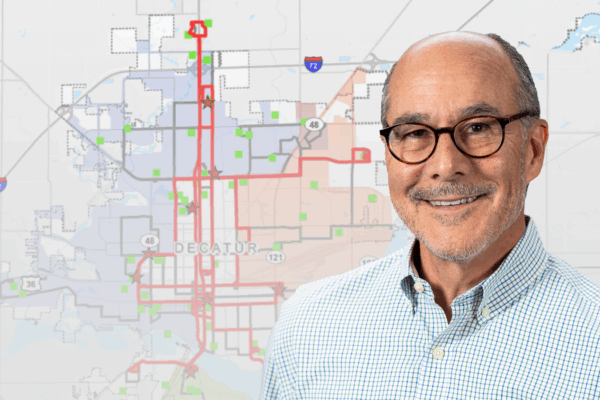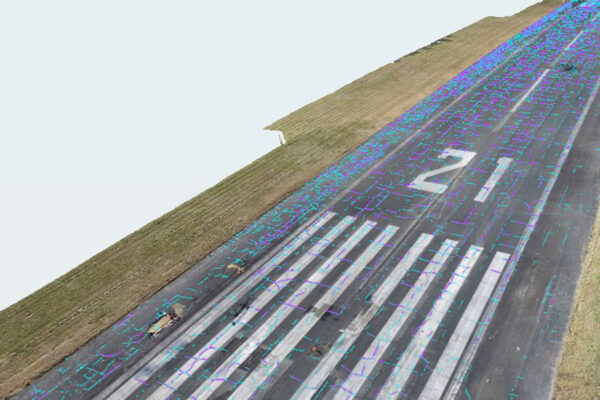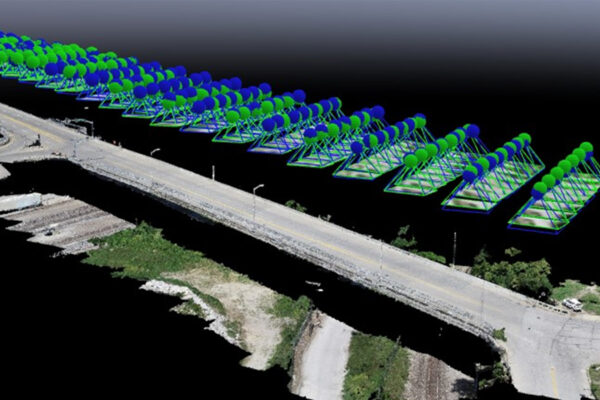Designing Infrastructure to Withstand Extreme Weather Events
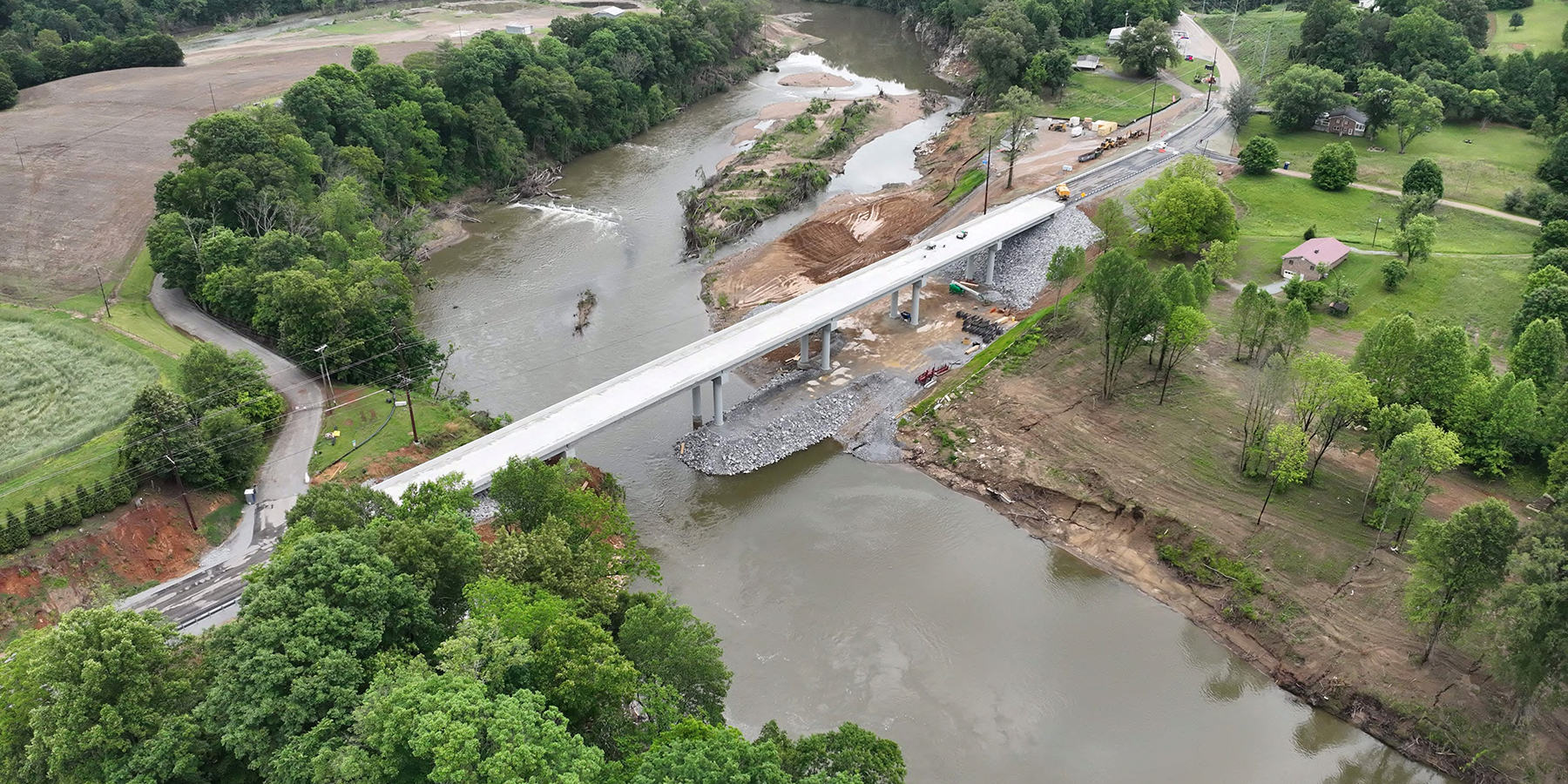
Bridges are vital links in our transportation networks, and their ability to withstand extreme weather conditions is more important than ever. As severe storms, flooding and temperature fluctuations become more frequent, designing resilient bridges is essential for public safety, economic stability and community connectivity.
In this article, Design Team Lead Brain Ralstin shares why hydraulic design is a cornerstone of resilient infrastructure and how it enables engineers to anticipate and address the complex interactions between water and the built environment.
Meet Our Expert
By incorporating advanced hydrologic and hydraulic modeling into our design process, we can simulate a range of storm scenarios, assess the resilience of existing and proposed structures and identify potential vulnerabilities. This allows us to recommend design modifications—such as increasing bridge elevation, optimizing hydraulic openings or implementing scour countermeasures—that enhance the structure’s ability to withstand high flows and reduce the risk of failure during extreme events.
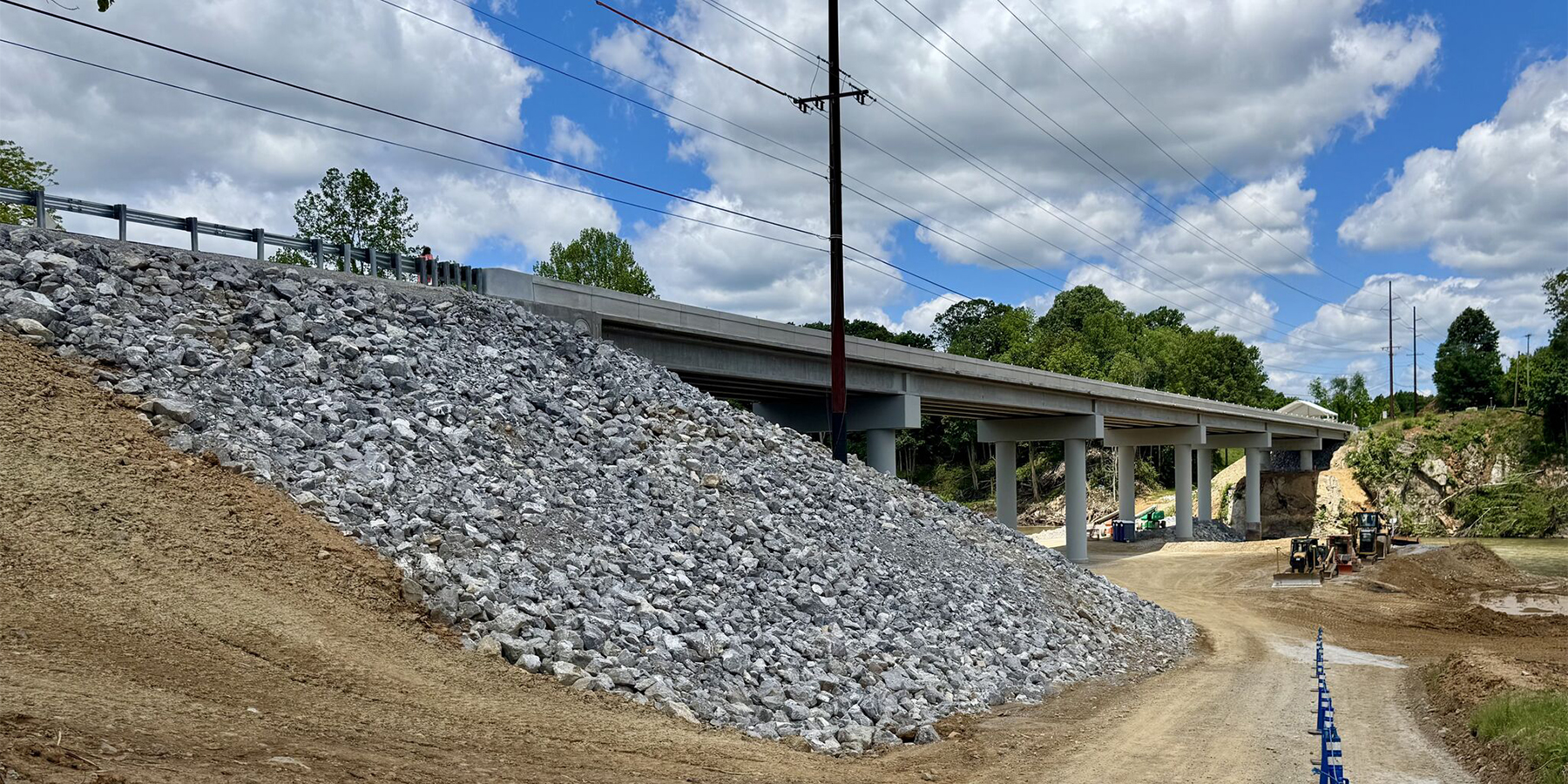
Hydraulic Design in Action: Elbert Kinser Bridge
Our work on the Elbert Kinser Bridge (SR-107) in eastern Tennessee following Hurricane Helene illustrates the importance of this work. In September 2024, the 587.5-foot-long Kinser Bridge collapsed into raging flood waters, significantly disrupting regional travel. To expedite the emergency replacement, the Tennessee Department of Transportation (TDOT) turned to Progressive Design-Build (PDB). Benesch partnered with Kiewit to deliver the replacement. Serving as the superstructure engineer, Benesch designed the girders and concrete slabs for the bridge, developed the erosion control plan and completed the hydraulic design.
In addition to quickly restoring connectivity for the region, improving the resilience of the bridge was a top priority. We used advanced software and analytical tools to uncover data-driven strategies that would provide improved storm water management solutions and increase the infrastructure’s ability to withstand extreme weather. We utilized the latest modeling software to deliver accurate, reliable results that informed every stage of bridge design. Our solution included recommending drilled shaft piers socketed into rock, increasing the bridge span, maintaining the low chord elevation, and providing sufficient rip-rap at the bridge abutments to mitigate the river’s velocity when in flood.
Ultimately, integrating robust hydraulic design into bridge projects is essential for building infrastructure that not only meets today’s needs but is also prepared for the challenges of tomorrow. By prioritizing data-driven modeling, regulatory compliance and innovative engineering, we will continue to help communities create bridges that are safer, more durable and better equipped to serve future generations.
Follow us on LinkedIn for first access to our insights articles.




